
In recent years, the workplace has changed tremendously. The days of the cubicles and the single open office are long gone. Today, a hybrid of different sorts of workplaces come together to provide a seamless work environment that encourages employee autonomy and innovation. The significance stems from the ability to strike a balance between interacting with coworkers and completing head-down focus work.
People engage in several types of work throughout the day. Because these various work modes necessitate diverse surroundings, creating an ecosystem of collaboration and concentration spaces for people to work in, can result in not just more engaged employees but also increased productivity. The goal should be to create a modern workplace design that accommodates all five work modes and improves employees' general well-being as well as their creativity, productivity, and performance.
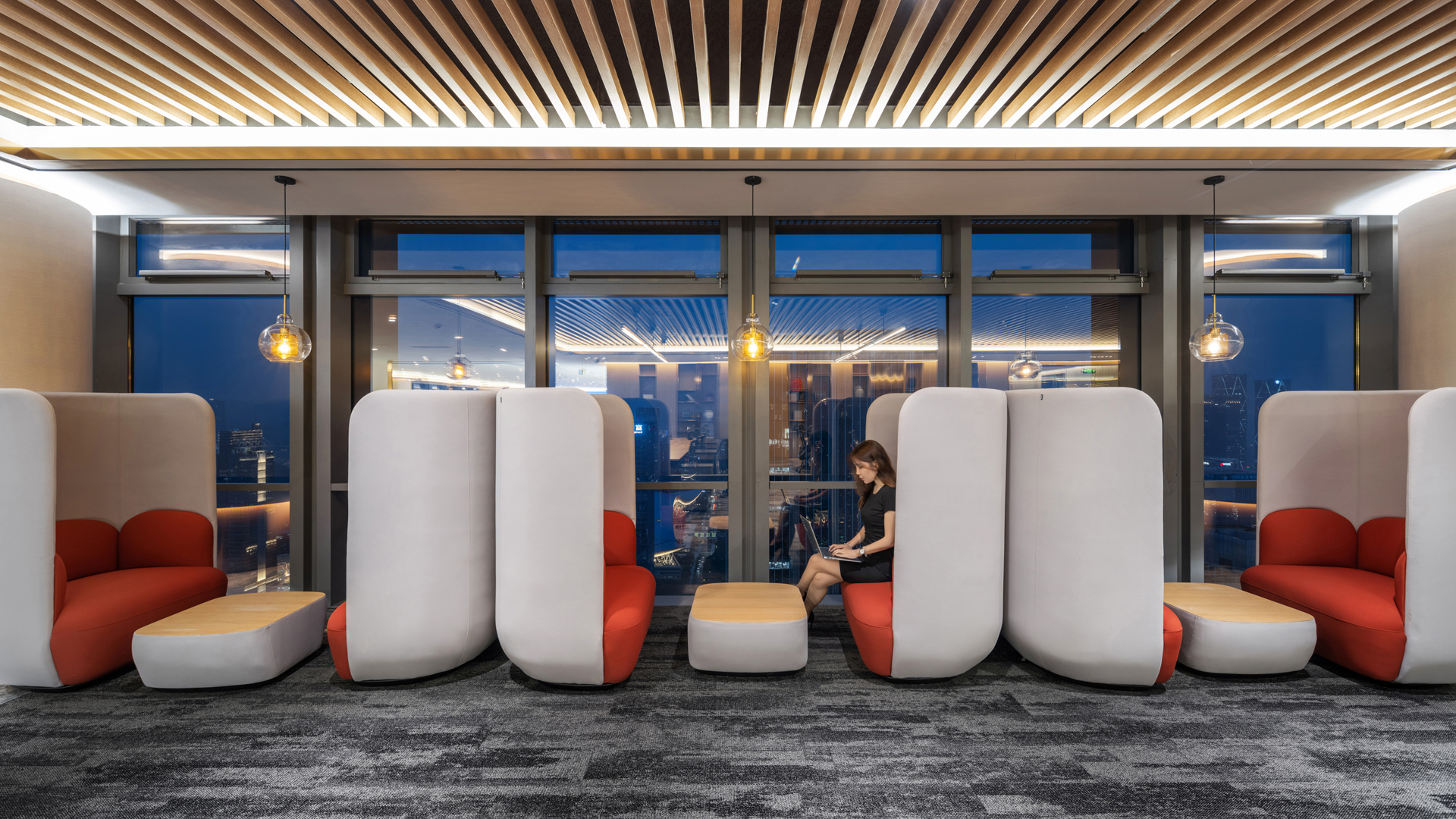
1. Focus Work
Your staff will need a solitary space to attain deep work mode. However, in the open workplace era, this isn't always practicable. We spend around 45 percent of our time in the workplace on focused work, while the average employee spends 28 percent of their time dealing with unwanted interruptions. That is why, in an open-plan setting, designers are increasing including Quiet Spaces and specific focus/respite sections.
1) Add some private workstations that can also be utilized as study rooms to prevent distractions.
2) Sound-absorbing furniture, acoustic wall panels, and room separators can all help to decrease noise disturbances.
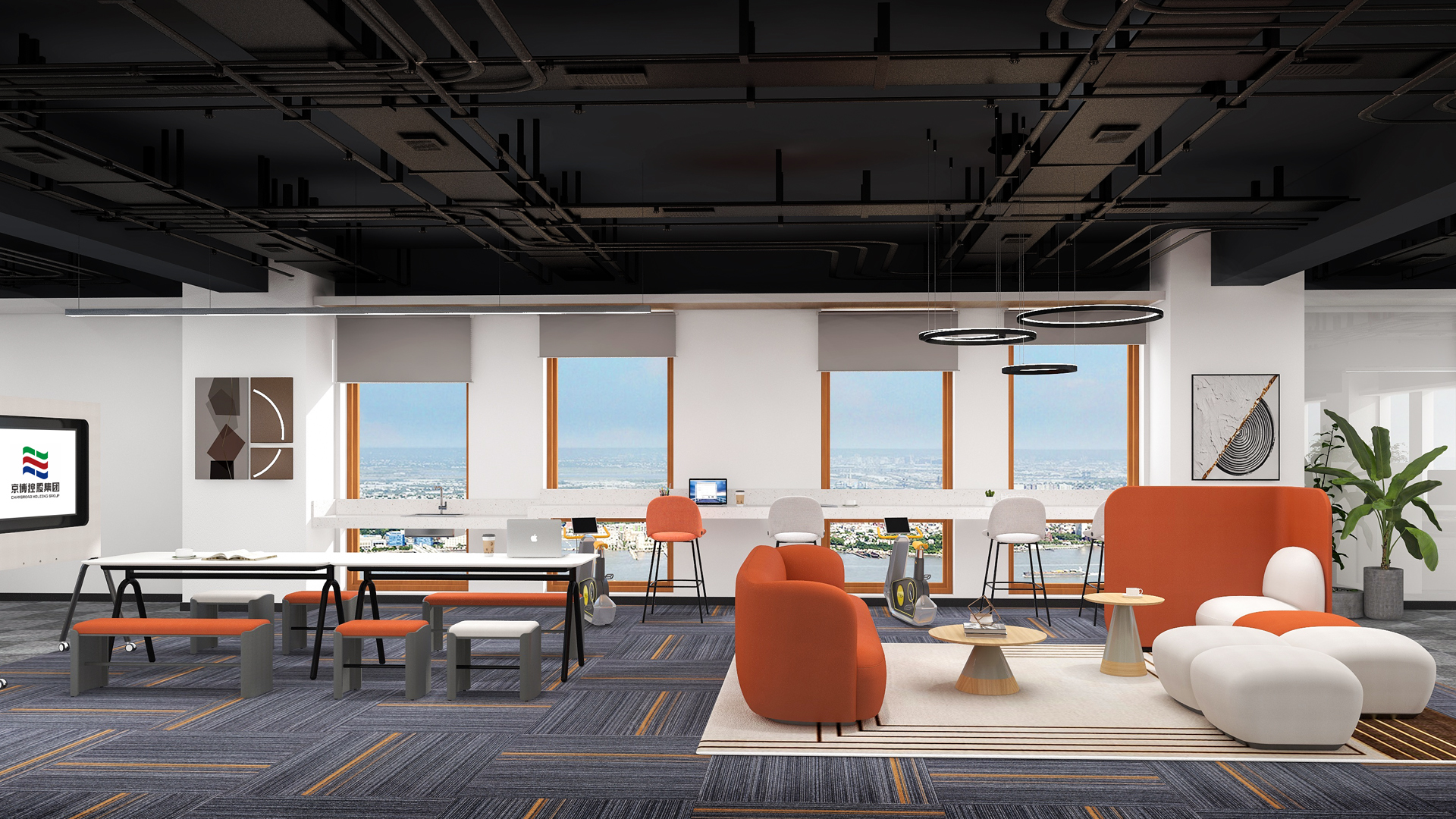
2. Collaboration
With research demonstrating an 81 percent association between collaboration and invention, it's no surprise that many businesses consider collaboration to be their most important work mode. You can strengthen the corporate culture and possibly minimise worker turnover by providing a work atmosphere that encourages genuine cooperation. The latest office designs accommodate this by providing spaces of varied sizes and styles, as well as technology that facilitates communication.
1) For impromptu gatherings, use movable tables in your design.
2) Add meeting rooms that are smaller and more private.
3) Integrate technology into tables to make meetings more effective.
4) Provide huddle places for small gatherings with soft seating.
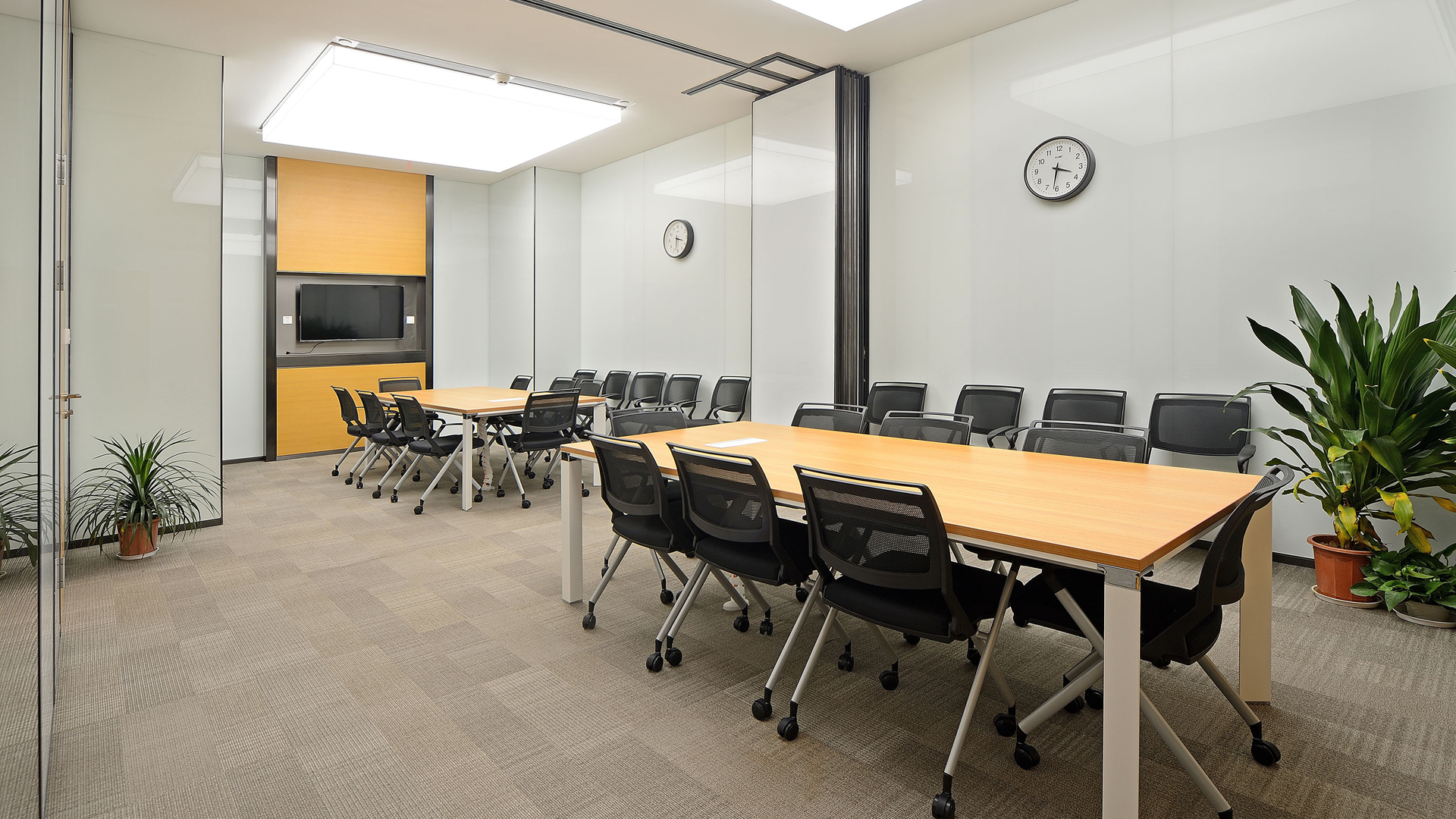
3. Learning
Everyone wins from providing employees with the tools they need to expand their expertise. Learning happens best by doing and expanding on what you already know, whether in a classroom or in a conversation with peers. Every great learning environment starts with comfortable, multi-functional furniture that aids rather than inhibits the learning process. For both official and informal trainings, you'll need a variety of spaces at your office.
1) Create multifunctional rooms for training and conference events to maximise training space.
2) Install wall-mounted storage for foldable chairs and tables.
3) Use lightweight chairs and, if possible, a designated media learning area with tech tables, headphones, and study desks.
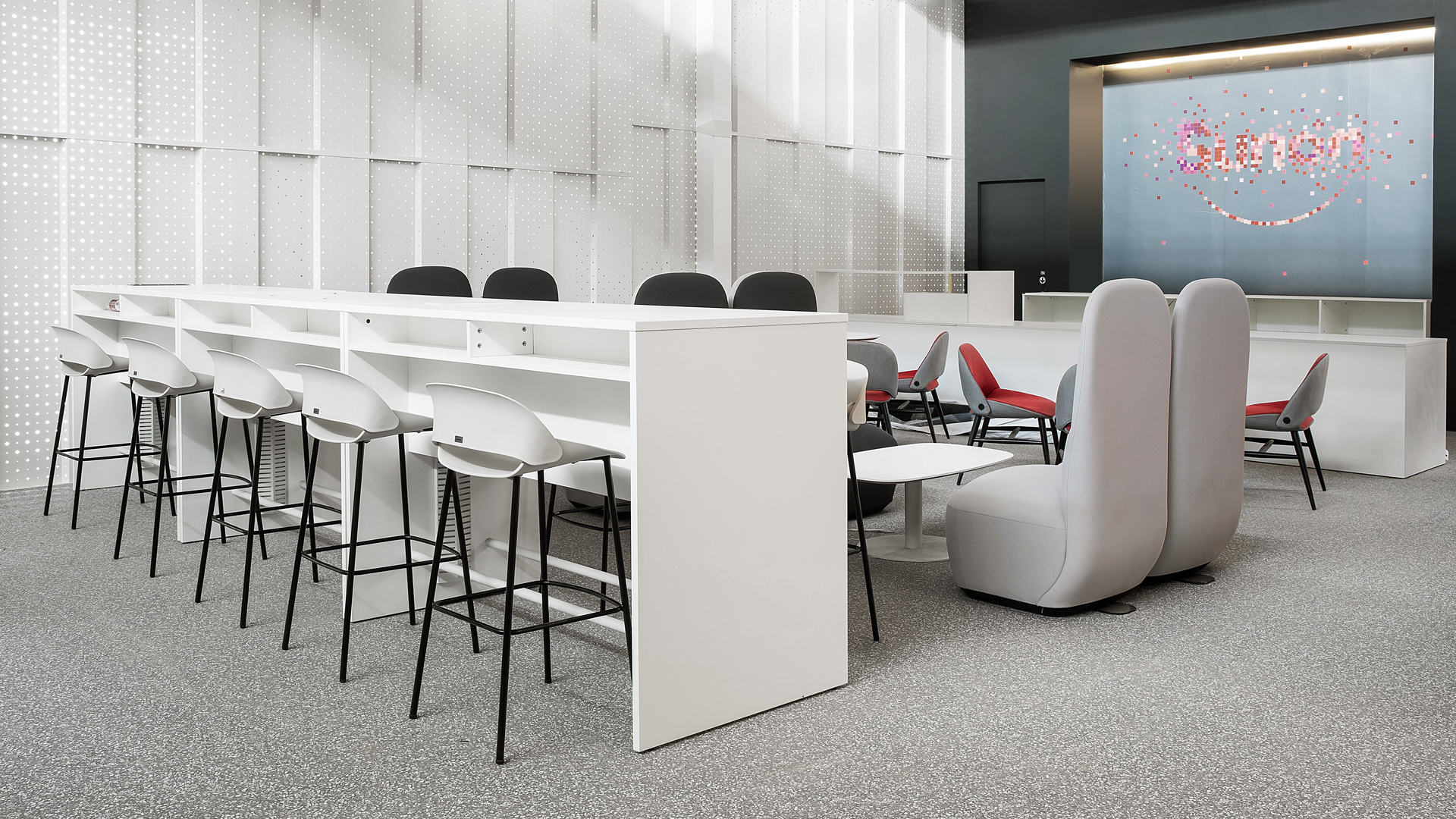
4. Social environment
When you mingle and cooperate with people in formal and informal settings, you learn and create trust. An employee lounge that caters to different-sized groups is essential for improving the social atmosphere. Employees may connect and take a break from the stressful workweek in break rooms and informal meeting places, which help them develop bonds with team members.
1) Employee socialising is aided by group table.
2) Combine booths in the manner of a diner, bar top tables, and occasional tables with sofas and chairs.
3) Make a lounge with areas that may be used for both socialising and collaboration.
4) Renovate the reception area to include café seating.
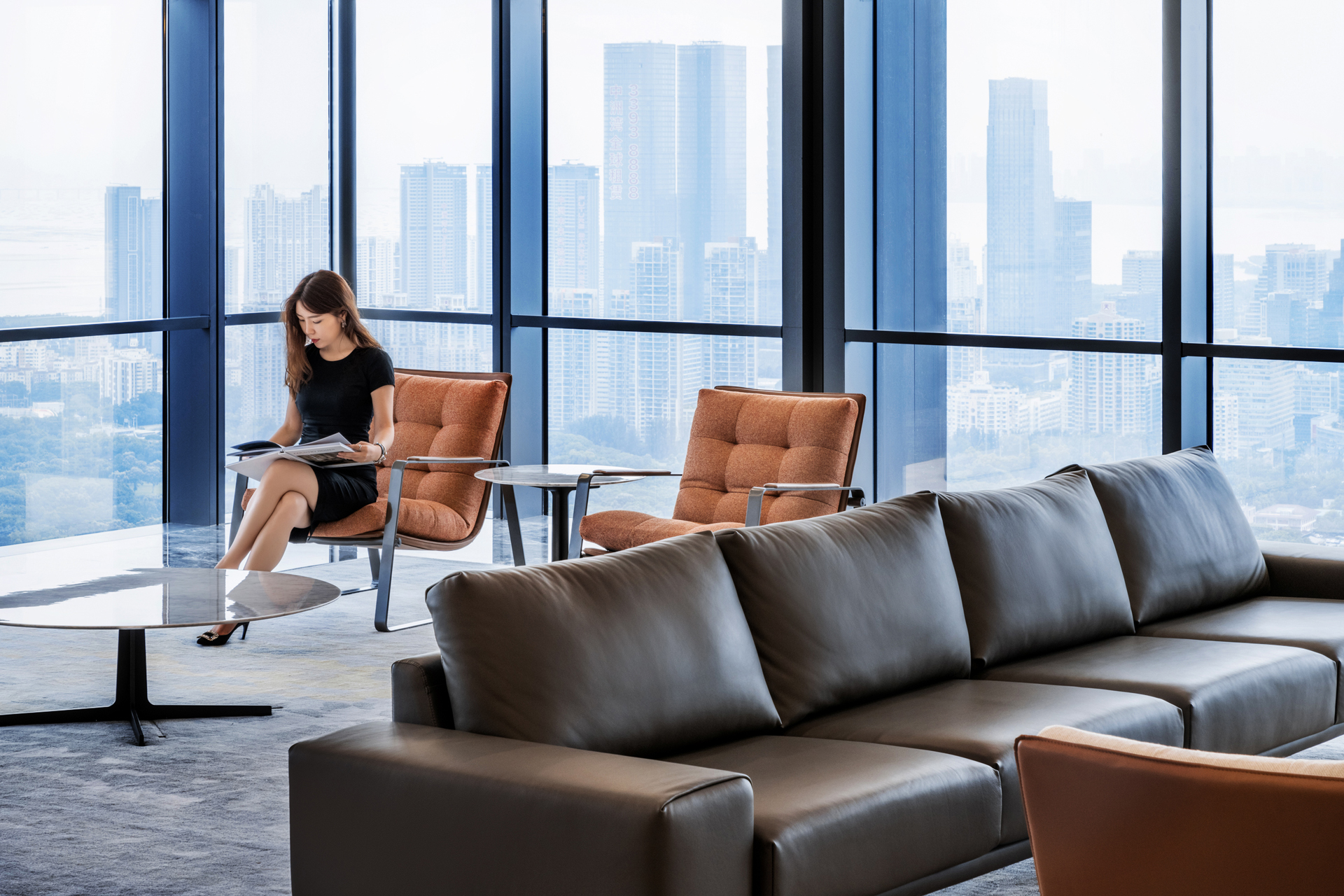
5. Rejuvenation
Making time for your brain to unwind is critical in today's job. Providing workers with a place to emotionally and physically recharge makes it easier for them to return to work and perform at their best. While these rest areas are valuable to all employees, they are especially advantageous to introverts who find the day's teamwork, socialising, and group learning activities tiring.
1) Private Meditation rooms
2) Outdoor spaces for walks and relaxation
3) Indoor sunrooms with lounge seating
4) Designated napping rooms